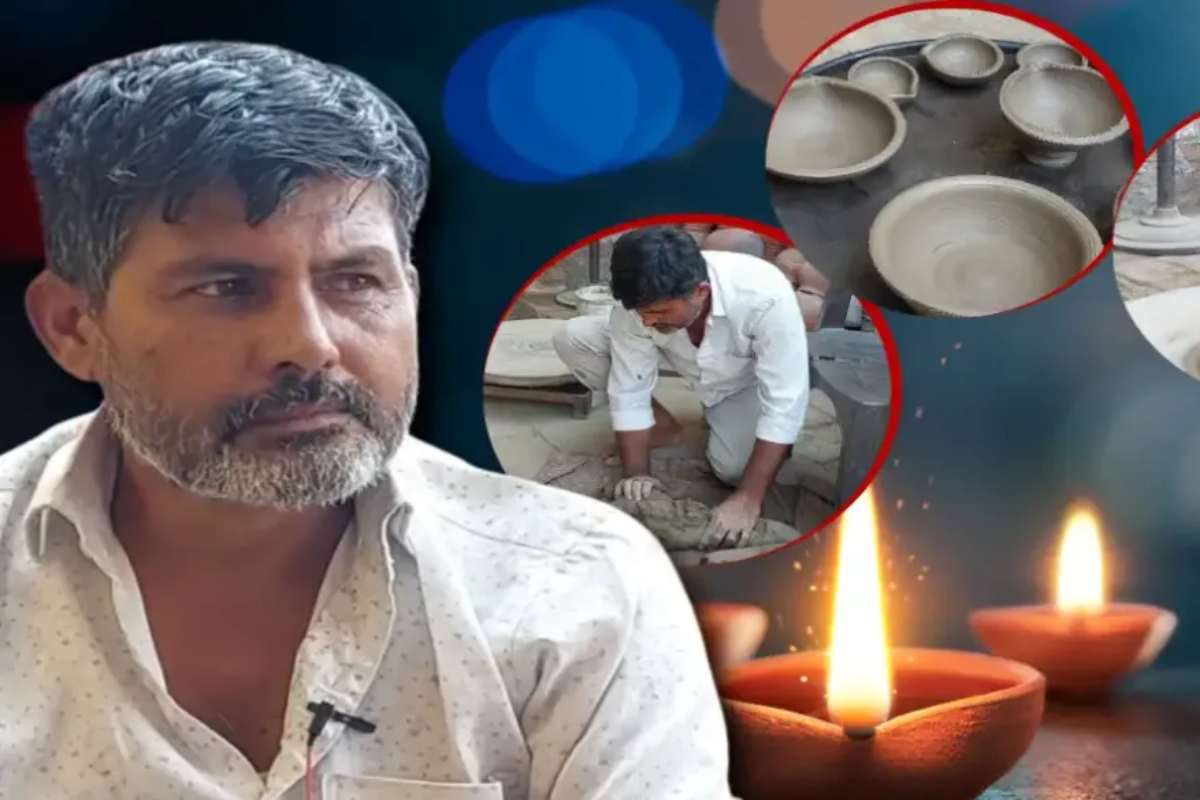Aslam Hussain and his family live on Talab Road in Old Faridabad, Haryana, near Delhi. For months, they have been busy making earthen lamps, known as diyas, in preparation for Diwali, the festival of lights. This year, they expect good sales as more people are returning to traditional ways of celebrating the festival. Making diyas has been a family tradition for generations, and Aslam is proud to continue this legacy.
The Joy of Diwali
Aslam Hussain shared that diya making is a cherished family activity. He believes that Diwali is a festival for everyone, regardless of religion. “The festival does not belong to any one religion; it is part of the happiness of the entire society,” he said. Aslam and his family create various types of diyas, with prices ranging from Rs. 2 to Rs. 50. They start preparing for this busy season two months in advance, ensuring they have enough stock for the celebrations.
Modern Challenges
Aslam noted that making diyas has changed over the years. In the past, they used a manual wheel to shape the clay, but now they use a motorized wheel, which makes the process much easier. However, he is concerned that this beautiful art form is slowly disappearing. One reason for this decline is the air pollution caused by foundries that bake the diyas. Aslam mentioned that people often complain about the pollution, which affects their work.
Despite these challenges, Aslam’s diyas are popular among locals and people from nearby villages. His earthen lamps are not only eco-friendly but also showcase the unique craftsmanship of the area. In addition to diyas, he also creates colorful decorative items that add beauty to homes during Diwali. Aslam’s work represents an inclusive India, where different communities come together to celebrate festivals. Many Muslim families, like Aslam’s, contribute to the joy of Hindu festivals through their skills, highlighting the unity and diversity of the country.
For detailed story, please visit: Awaz the voice
Also Read: Padma Shri Awardee Dr. Shyam Sundar Paliwal Transforming Rural India Through Piplantri Model
You can connect with DNN24 on Facebook, Twitter, and Instagram and subscribe to our YouTube channel.

